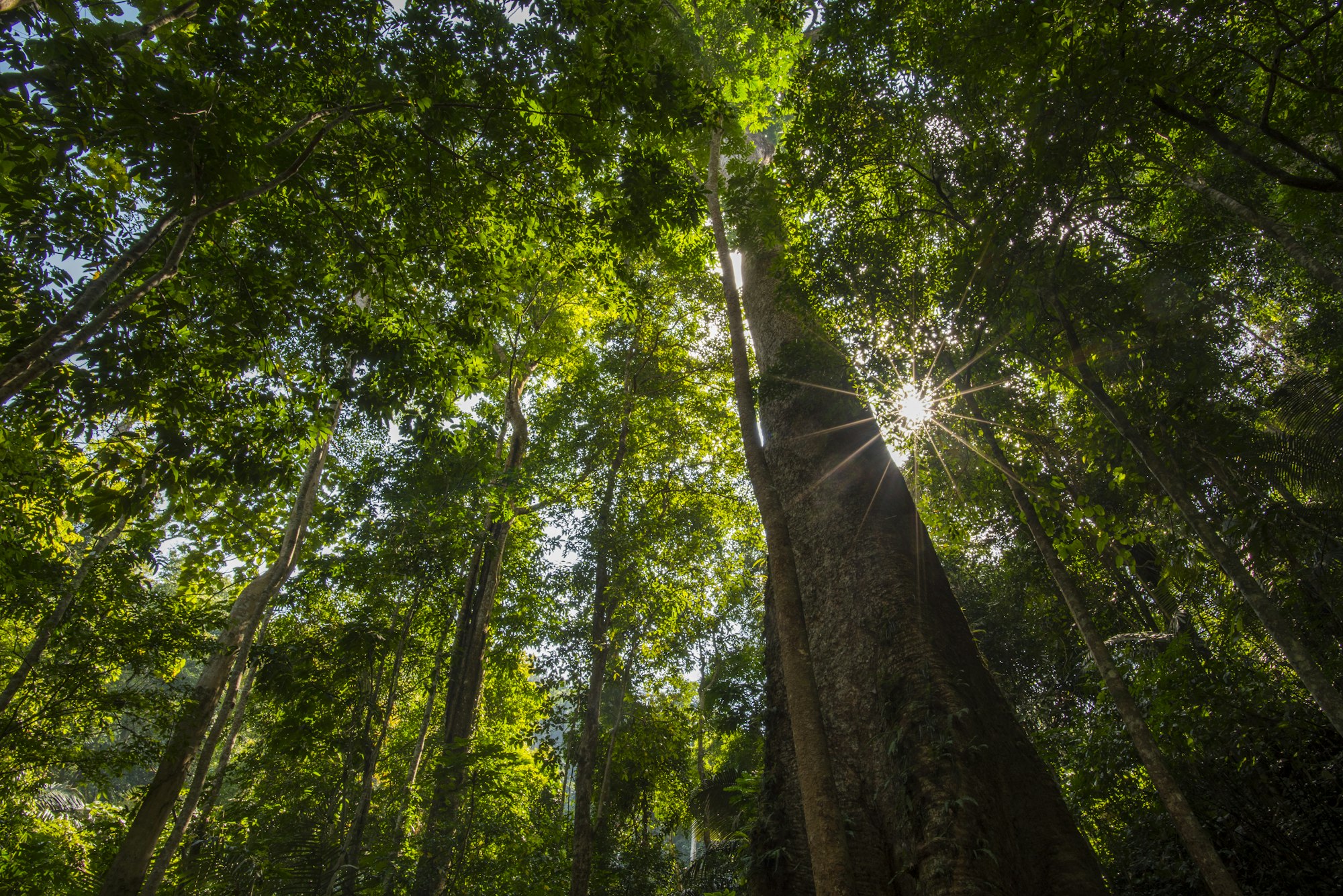Green Background Presentation – Tips and Tricks
Table of Contents
When designing an engaging and aesthetically pleasing presentation, the background color is a critical element in establishing the tone and captivating the audience’s attention. Green is a popular and versatile background color that can evoke feelings of nature, serenity, and growth. However, incorporating green into a presentation requires deliberate consideration and thoughtful design decisions to ensure it enhances the overall visual experience rather than detracting from it.
This article will provide guidance on effectively utilizing green backgrounds in presentations, covering topics such as selecting an appropriate shade of green, integrating nature-inspired elements, leveraging green as a calming and relaxing background, creating contrast with green backgrounds, avoiding common pitfalls, and adding visual interest to green background presentations.
Key Takeaways
- Choose the right shade of green that complements your content and enhances readability
- Incorporate nature-inspired elements like leaves or plants to create a cohesive and calming atmosphere
- Use green as a calming and relaxing background to evoke a sense of tranquility and balance
- Create contrast with green backgrounds by using bold and vibrant colors for text and graphics
- Avoid common mistakes with green backgrounds by ensuring sufficient contrast and readability, and adding visual interest with textures or patterns
Choosing the Right Shade of Green

Choosing the Right Shade of Green
Lighter shades of green, such as mint or lime, can create a fresh and vibrant atmosphere, while darker shades, such as forest or emerald, can convey a sense of sophistication and depth. It’s crucial to choose a shade that complements the content of your presentation and aligns with the overall message you want to convey.
Considering the Context
For example, if you’re presenting on environmental sustainability or wellness, a lighter shade of green may be more appropriate, whereas a darker shade may be better suited for a presentation on finance or business. Additionally, consider the contrast between the text and the background – ensure that the text is easily readable against the chosen shade of green.
Incorporating Nature-Inspired Elements

Green is often associated with nature and the outdoors, so incorporating nature-inspired elements into your presentation can help create a cohesive and visually engaging design. Consider using images of plants, trees, or landscapes as part of your background or as accents throughout your slides. These elements can help reinforce the theme of growth, renewal, and vitality that is often associated with the color green. Additionally, consider using natural textures or patterns, such as leaves or grass, to add depth and visual interest to your presentation background.
FAQs
What is a green background presentation?
A green background presentation is a type of presentation where the background color used is predominantly green. This can be achieved through the use of green slides, green screen technology, or other green-themed design elements.
What are some tips for creating a green background presentation?
Some tips for creating a green background presentation include using contrasting colors for text and graphics to ensure readability, incorporating green-themed imagery and icons, and using a variety of shades of green to add visual interest.
What are some tricks for making a green background presentation visually appealing?
Some tricks for making a green background presentation visually appealing include using high-quality images and graphics, incorporating animation and transitions to add movement and depth, and using white or light-colored text to create a clean and modern look.
How can green background presentations be used effectively in different settings?
Green background presentations can be used effectively in a variety of settings, including business meetings, educational settings, and marketing presentations. They can be used to convey a sense of growth, harmony, and environmental consciousness.
What are some common mistakes to avoid when creating a green background presentation?
Some common mistakes to avoid when creating a green background presentation include using too many different shades of green, overcrowding slides with text and graphics, and using low-quality images or graphics that can appear pixelated or blurry.
Get 15+ Mio. PowerPoint Assets - FREE SIGN-UP

Sign up for free to our PowerPoint extension, ExpertSlides. Everything you need, directly in PowerPoint. No credit card required.
Related Posts
Recent Posts
Main Menu
Knowledge base
Useful Links






